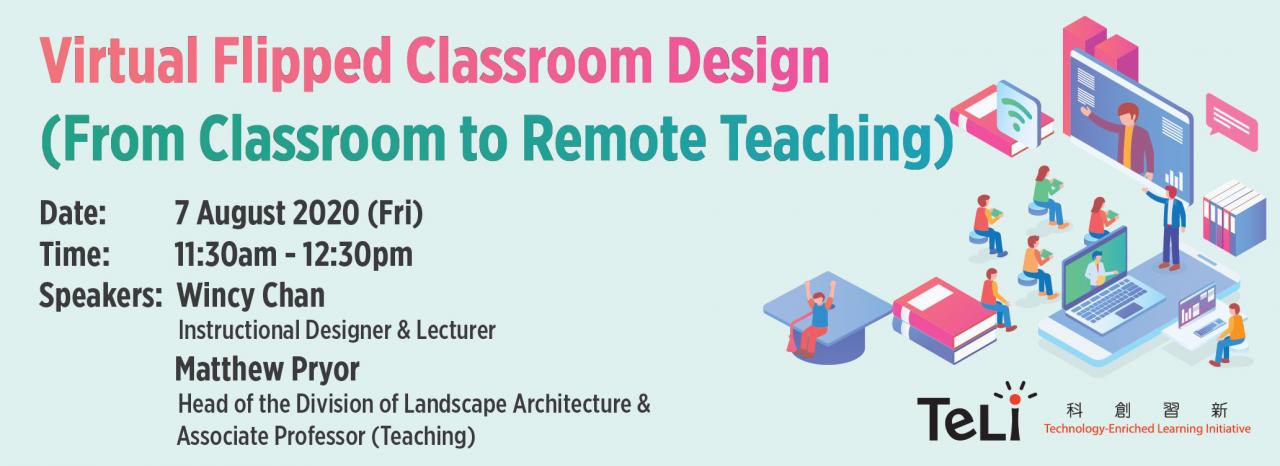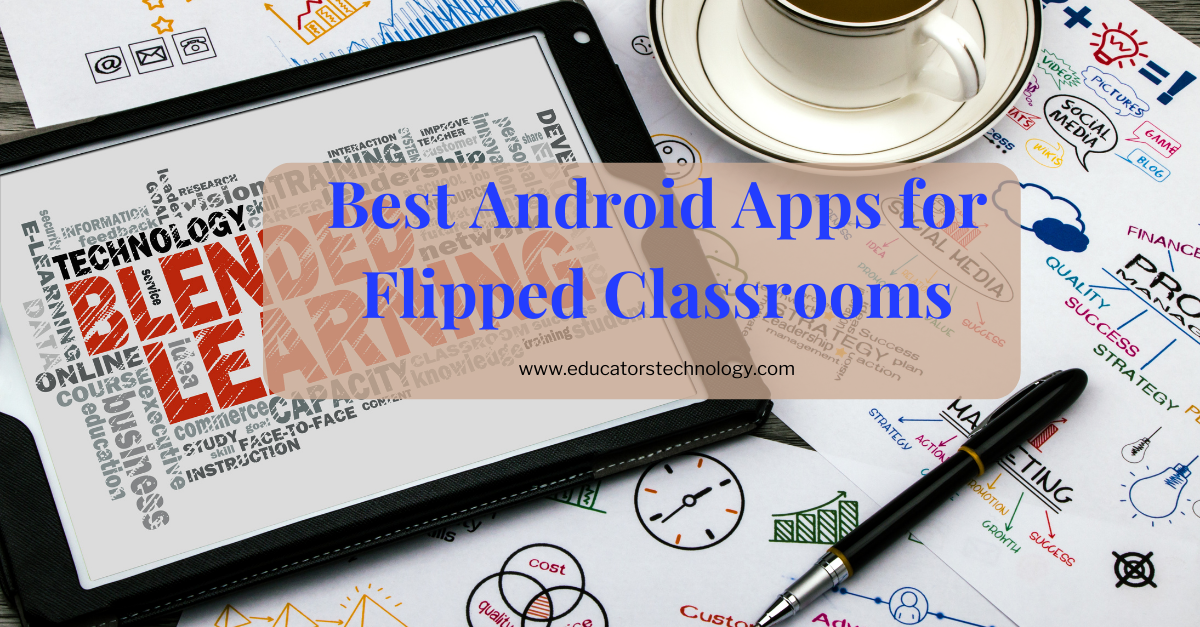In the ever-evolving landscape of education, flipped classrooms have emerged as a transformative approach, empowering students to take ownership of their learning. At the heart of this innovative model lies the integration of educational technology platforms, providing educators with a wealth of tools to enhance student engagement, foster collaboration, and promote personalized learning.
This comprehensive guide delves into the realm of best educational technology platforms for flipped classrooms, exploring their key features, benefits, and successful implementation strategies. Join us as we unveil the potential of these platforms to revolutionize the teaching and learning experience.
Best Educational Technology Platforms for Flipped Classrooms
Flipped classrooms are a pedagogical model that reverses the traditional classroom experience. Students engage with instructional content outside of class time, typically through online videos, readings, or simulations. This frees up class time for active learning activities, such as discussions, problem-solving, and project-based work.Numerous educational technology platforms are available to support flipped classroom implementation.
These platforms offer a range of features to enhance student engagement, facilitate collaboration, and provide real-time feedback.
Key Features and Benefits of Educational Technology Platforms for Flipped Classrooms
* Video hosting and distribution:Platforms like YouTube, Vimeo, and Edpuzzle allow teachers to upload and share videos with students. These videos can be embedded into online learning modules or accessed directly by students.
Interactive video tools
Platforms like PlayPosit and Edpuzzle offer interactive video tools that enable teachers to add quizzes, polls, and other interactive elements to their videos. This enhances student engagement and comprehension.
Collaboration tools
Platforms like Google Classroom and Microsoft Teams provide virtual spaces for students to collaborate on projects, share ideas, and ask questions.
Real-time feedback
Platforms like Nearpod and Kahoot! allow teachers to assess student understanding in real-time through quizzes, polls, and other interactive activities. This feedback helps teachers adjust their instruction and identify areas where students need additional support.
Case Studies of Successful Flipped Classroom Implementations
* Khan Academy:Khan Academy is a non-profit organization that provides free online educational resources, including videos, interactive exercises, and assessments. Many teachers use Khan Academy videos as the basis for their flipped classrooms, allowing students to learn at their own pace and review concepts as needed.
Edpuzzle
Edpuzzle is an interactive video platform that allows teachers to add quizzes, polls, and other interactive elements to their videos. Teachers have reported increased student engagement and comprehension when using Edpuzzle in their flipped classrooms.
Nearpod
Nearpod is a real-time assessment platform that allows teachers to create interactive presentations with quizzes, polls, and other activities. Nearpod provides teachers with real-time feedback on student understanding, helping them identify areas where students need additional support.
Public School Education

Integrating educational technology into public schools presents both challenges and opportunities. This section explores these aspects, highlighting the role of technology in promoting equity and access to education. We will also examine successful initiatives and best practices for effective integration.
Challenges
- Equity and Access:Ensuring all students have equal access to devices, internet connectivity, and technical support remains a challenge.
- Teacher Training:Educators need adequate training and support to effectively integrate technology into their teaching practices.
- Cost:Procuring and maintaining educational technology resources can strain school budgets.
- Infrastructure:Schools may lack the necessary infrastructure, such as reliable Wi-Fi and sufficient power outlets, to support widespread technology use.
- Technical Issues:Students and teachers may encounter technical difficulties that disrupt learning.
Opportunities
- Personalized Learning:Technology enables teachers to tailor instruction to individual student needs and learning styles.
- Increased Engagement:Interactive digital content and gamification can enhance student engagement and motivation.
- Improved Communication:Technology facilitates seamless communication between teachers, students, and parents.
- Access to Resources:Students can access a vast array of educational resources and learning materials online.
- Skill Development:Technology integration prepares students with essential 21st-century skills, such as digital literacy and problem-solving.
Role in Promoting Equity and Access
Educational technology can play a pivotal role in addressing educational inequities. By providing access to online resources and digital content, technology can bridge the gap between students from different socioeconomic backgrounds. Additionally, personalized learning platforms can help teachers identify and support students who need additional assistance.
Successful Initiatives
- Khan Academy:A non-profit organization providing free online education to students worldwide, helping to democratize access to quality education.
- Code.org:A non-profit dedicated to expanding access to computer science education, particularly for underrepresented groups.
- New York City Department of Education’s Digital Equity Initiative:A comprehensive program providing devices, internet access, and training to students and families in underserved communities.
Best Practices
- Teacher Training and Support:Provide ongoing training and technical assistance to ensure teachers are comfortable using technology in their classrooms.
- Strategic Integration:Integrate technology purposefully into the curriculum, aligning it with learning objectives and pedagogical best practices.
- Student Choice:Allow students to choose from a variety of technology tools and resources to meet their individual needs.
- Assessment and Evaluation:Use technology to assess student learning and provide timely feedback.
- Collaboration and Sharing:Encourage teachers to collaborate and share best practices for using technology effectively.
Summary

As we conclude our exploration of best educational technology platforms for flipped classrooms, it is evident that these tools have the power to transform the learning landscape. By embracing their capabilities, educators can create engaging and interactive learning environments that empower students to become active participants in their own education.
The future of flipped classrooms lies in the continued innovation and adoption of these platforms, paving the way for a more personalized, effective, and engaging learning experience for all.
Essential FAQs
What are the key benefits of using educational technology platforms for flipped classrooms?
Educational technology platforms for flipped classrooms offer a myriad of benefits, including increased student engagement, enhanced collaboration, personalized learning experiences, improved accessibility, and data-driven insights for educators.
How do I choose the right educational technology platform for my flipped classroom?
Consider your specific teaching goals, the needs of your students, and the features offered by different platforms. Look for platforms that align with your instructional approach, provide engaging content, and offer robust assessment tools.
What are some best practices for implementing educational technology platforms in flipped classrooms?
Start by setting clear expectations for students, providing adequate training, and fostering a culture of collaboration. Regularly evaluate the effectiveness of your platform and seek feedback from students to ensure optimal learning outcomes.